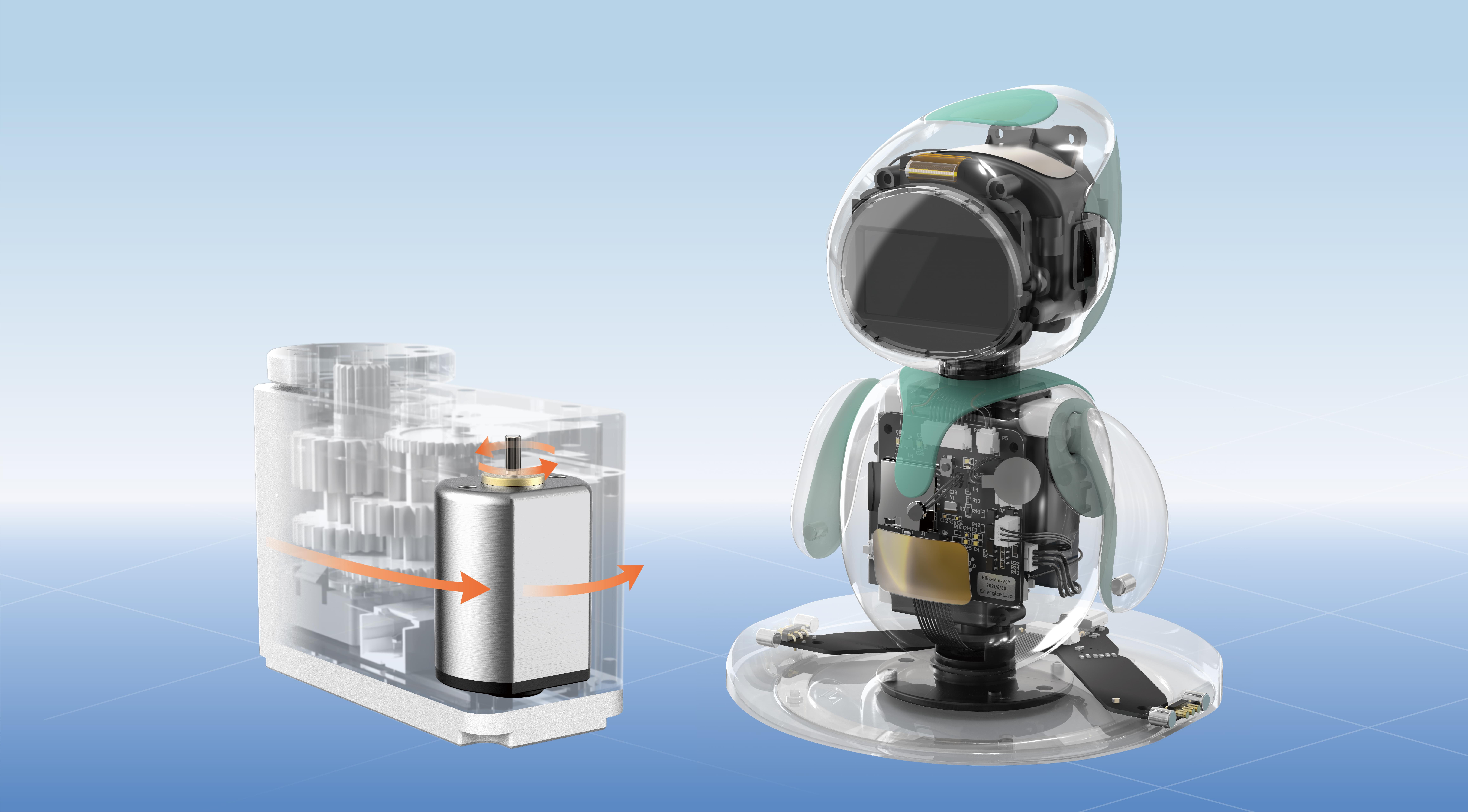Certainly! Here is the first part of your soft article on the theme "servo motor speed torque curve."

Imagine a bustling factory floor, where robotic arms delicately assemble intricate electronics, or an autonomous drone gracefully navigates through complex terrains. Behind these marvels of modern engineering lies a common hero: the servo motor. Known for its precise control and remarkable efficiency, the servo motor is a cornerstone of automation, robotics, and countless precision-driven applications.
At the heart of understanding a servo motor's performance lies a fundamental concept: the speed-torque curve. This graphical representation provides a window into how the motor responds under different loads and speeds, shaping how engineers select, design, and optimize servo systems.
Why is the Speed-Torque Curve So Important?
The speed-torque curve isn’t just a graph; it's the story of a servo motor’s behavior. It reveals the relationship between the motor's torque output and its rotational speed during various operational conditions. For those involved in task-specific applications—ranging from robotic arms to camera gimbals—knowing this relationship helps determine whether a particular servo can deliver the precision, power, and speed required.
The curve unveils several key insights:
Starting torque: The torque a motor can produce when it begins to rotate from a standstill. Maximum torque: The peak torque the motor can provide, often at low speeds. Rated torque: The continuous torque the motor can sustain without overheating or damage. Speed limits: The maximum rotational speed achievable at different torque levels.
Understanding these factors helps in avoiding situations where the motor might stall under excessive load or operate inefficiently at certain speeds.
Fundamentals of the Torque-Speed Relationship
In essence, the torque-speed curve of a servo motor is typically characterized by a descending slope: high torque at low speeds tapering down to lower torque as speed increases. This inverse relationship is fundamental and stems from the physics governing electric motors.
When you energize a servo motor, it produces torque through electromagnetic forces. At zero speed—think of the moment it's just starting to turn—the motor can generate its maximum torque known as the stall torque. As the motor speeds up, several factors cause the torque to diminish:
Back EMF (Electromotive Force): As the motor spins faster, it produces a voltage that opposes the applied voltage, reducing the current and, consequently, the torque. Motor resistance and inductance: These electrical properties influence how the current, and thus torque, drops with increasing speed. Mechanical load: The connected load’s resistance affects how much torque the motor needs to deliver, influencing the shape of the curve.
Types of Speed-Torque Curves in Servo Motors
Different types of servo motors—AC, DC, brushless, or coreless—each have nuanced curves. Brushless DC motors (BLDCs), for example, typically display a steep initial torque at stall, with a gradual decline as speed climbs. Conversely, AC servo motors tend to exhibit smoother curves suited for high-precision, high-speed applications.
Manufacturers often provide detailed torque-speed charts, but understanding the underlying principles allows engineers to interpret these curves effectively.
Design Implications and Practical Applications
The shape of the torque-speed curve influences everything from system efficiency to control strategies. For instance:
High starting torque motors are favored in applications requiring quick acceleration or overcoming inertia. Stable speed control is achieved when the motor operates within the flat, middle portion of the curve, where torque remains relatively constant. High-speed applications demand motors that maintain torque at elevated speeds, often requiring specialized design considerations.
In robotics, for instance, selecting a servo with an appropriate torque-speed profile ensures smooth motion without stalling or excessive energy consumption. In CNC machining, a well-understood curve allows for ramping up speeds efficiently while maintaining cutting force and precision.
The Role of Feedback and Control
Servo systems rely heavily on feedback mechanisms—encoders, resolvers, or Hall sensors—that constantly monitor position and speed. By coupling this data with the torque-speed profile, control algorithms adjust motor inputs in real time, maintaining desired movement trajectories with high accuracy.
Modern servo drives use sophisticated algorithms to compensate for the non-linearities in the curve, delivering seamless and exact movements even when loads change unexpectedly. This dynamic adaptation is pivotal in applications where precision and repeatability define success.
Conclusion moving forward
In our next installment, we will delve deeper into how different types of servo motors exhibit unique torque-speed characteristics, how temperature and other operating conditions influence the curve, and strategies to optimize performance based on these curves. Understanding the nuances of the speed-torque curve demands a blend of theoretical knowledge and practical insight—an essential combo for anyone aiming to master servo motor control.
Stay tuned for Part 2, where we'll explore real-world examples, advanced considerations, and design tips to make the most of servo motor capabilities.
Leveraging innovations in modular drive technology, Kpower integrates high-performance motors, precision reducers, and multi-protocol control systems to provide efficient and customized smart drive system solutions.




































